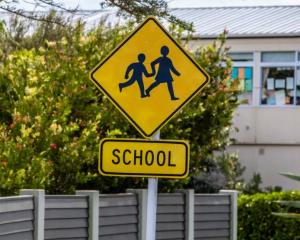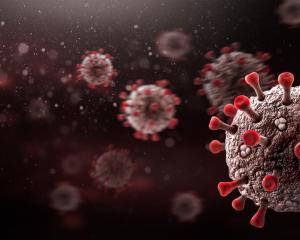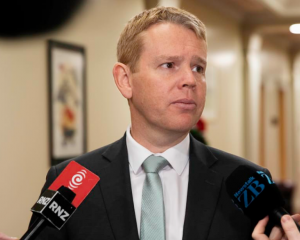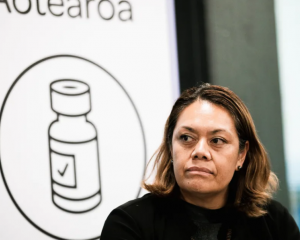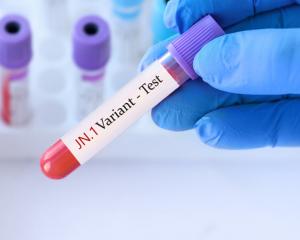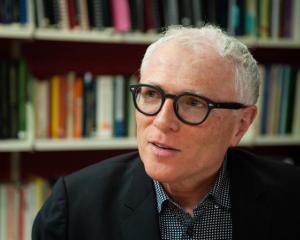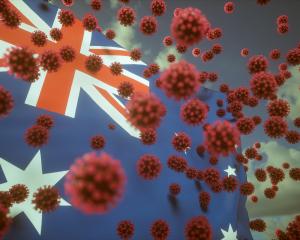There's been another jump in the number of Covid-19 cases in the South, with 19 more recorded including the first in Waitaki district.
As at 9am on Saturday, that brings the total number in the southern region to 151 cases.
The Southern District Health Board still has the highest number of cases in New Zealand, and is 15 ahead of the next highest DHB, which is Waikato with 136 cases.
Nationally, 52 new confirmed cases and 30 new probable cases have been recorded in the past 24 hours, bringing the total number of confirmed and probable cases to 950 to date.
Ten people are in hospital (one is in ICU), 24 people have recovered in the past 24 hours and the total death toll remains at one.
In the past 24 hours, the total number of confirmed cases had increased in Dunedin to 42 and 1 probable, Queenstown-Lakes (to 59), Invercargill (to 25), Clutha (to 4), Central Otago (to 12) and the Waitaki district recorded its first case, the Southern DHB says.

Oyster Cove Restaurant and Bar hosted the wedding on March 21, attended by about 70 people.
Both events are classed by the Ministry of Health as significant clusters.
In a statement this afternoon, the Southern District Health Board said the growing numbers in Queenstown were not surprising.
“Queenstown is a magnet for international travellers and it is no surprise that it’s among the first places to see significant numbers.
“Tourism and the World Hereford Conference were among the first sources of Covid-19 in Queenstown and led to cases in the general population.
“The increase in numbers observed over the past two weeks is a predictable result of these initial sources of infection.”
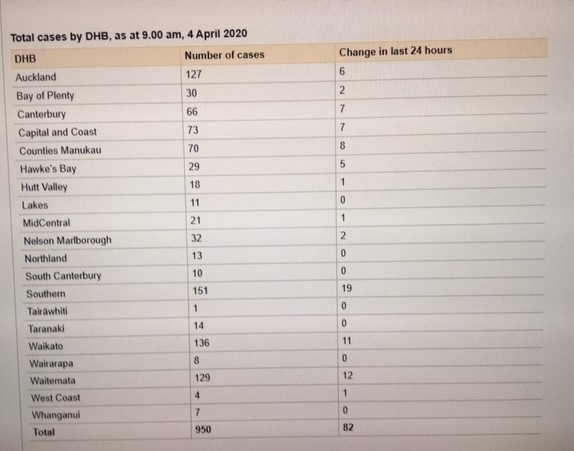
The SDHB statement said the effect of the lockdown would not be seen for at least another week or two, because of the two-week incubation period for Covid-19 and the fact that infected people may still pass the virus on to those in their isolation ‘bubble’.
The DHB started preparing for the first cases weeks before they happened, and were ready for the increase that is now happening.
“New teams of contact tracers were created and trained and hospitals and GPs enacted the first stages of their pandemic plans and processes.
“Our public health teams continue to work with confirmed cases, identify close and casual contacts and make sure anyone who is in self-isolation is supported.
“Contact tracing happens quickly and precisely and is a highly effective way of stopping Covid-19 in its tracks.”
The statement said the SDHB adopted a broadened, local version of the Covid-19 case definition more than a week before the same change in the national case definition.
This pre-empted the expected transmission in key locations such as Queenstown and allowed for wider testing.
“Queenstown Medical Centre got its systems in place very promptly, and a Community Based Assessment Centre was established to increase local testing capacity.”
While there have been several requests for more specific locations when reporting case numbers, the SDHB has decided to report by territorial authority as a way of providing clear public information while maintaining patient confidentiality.
“We will not be breaking case numbers down into more specific locations at this time as this can increase the chance of individuals being identified.”



